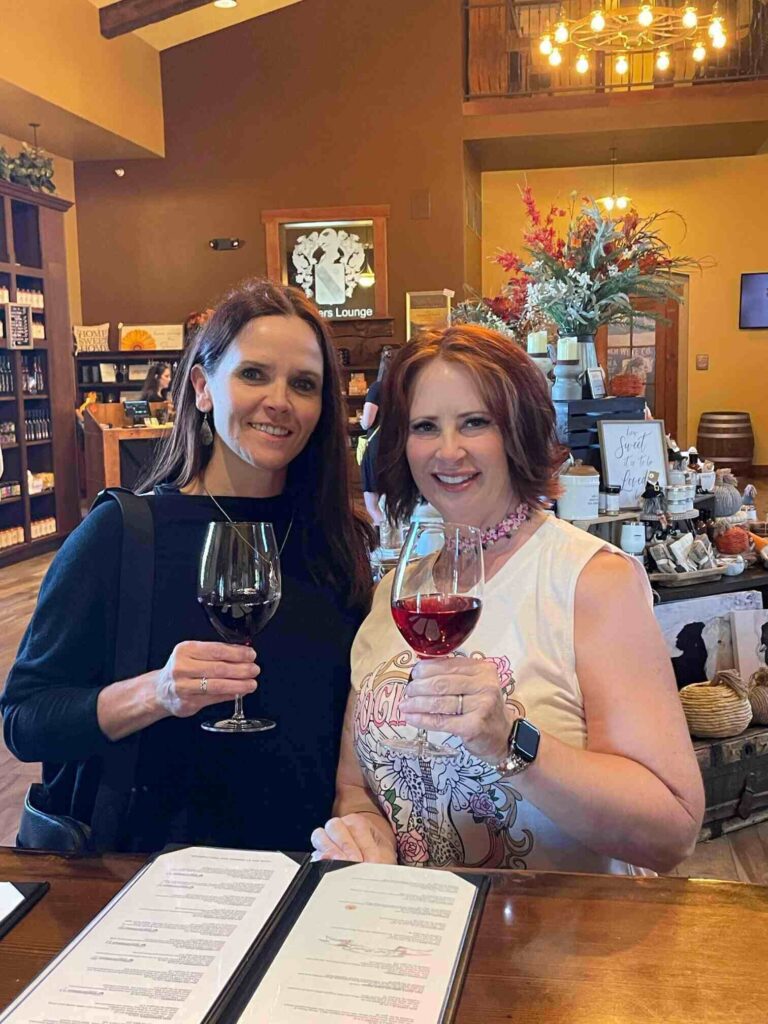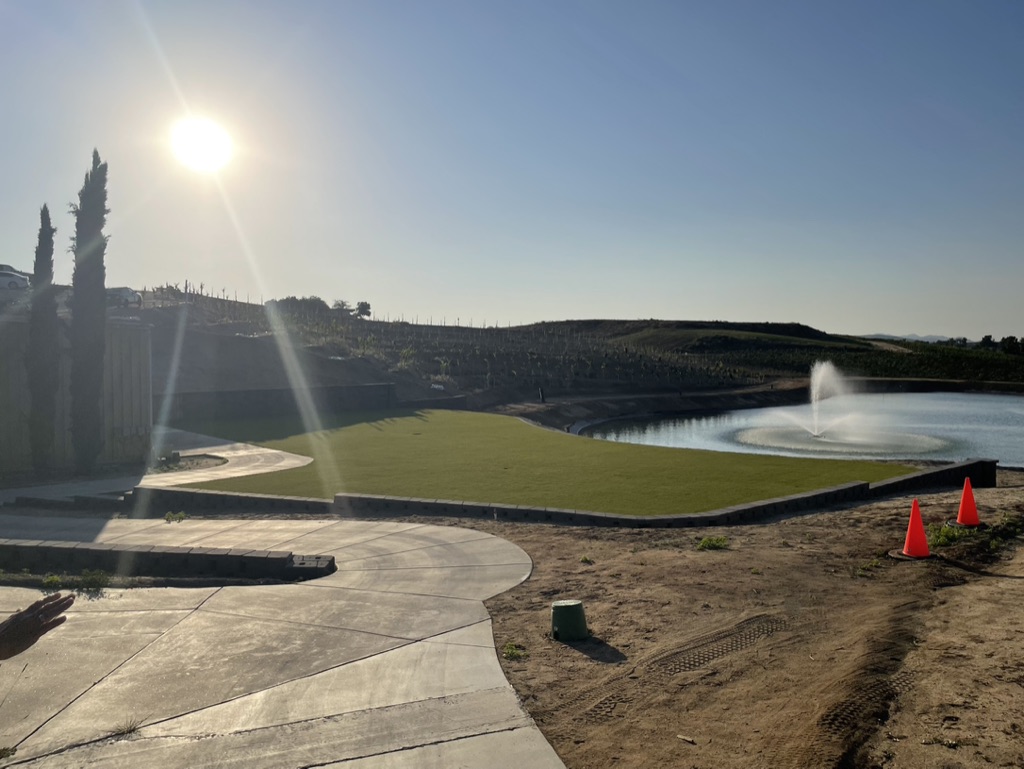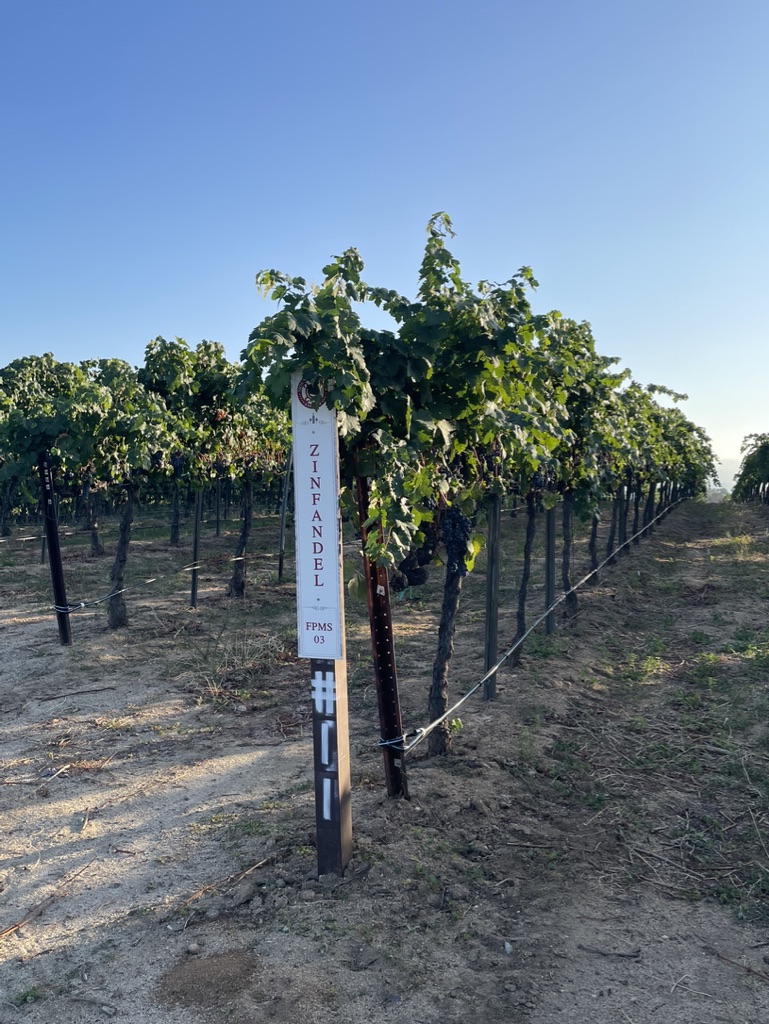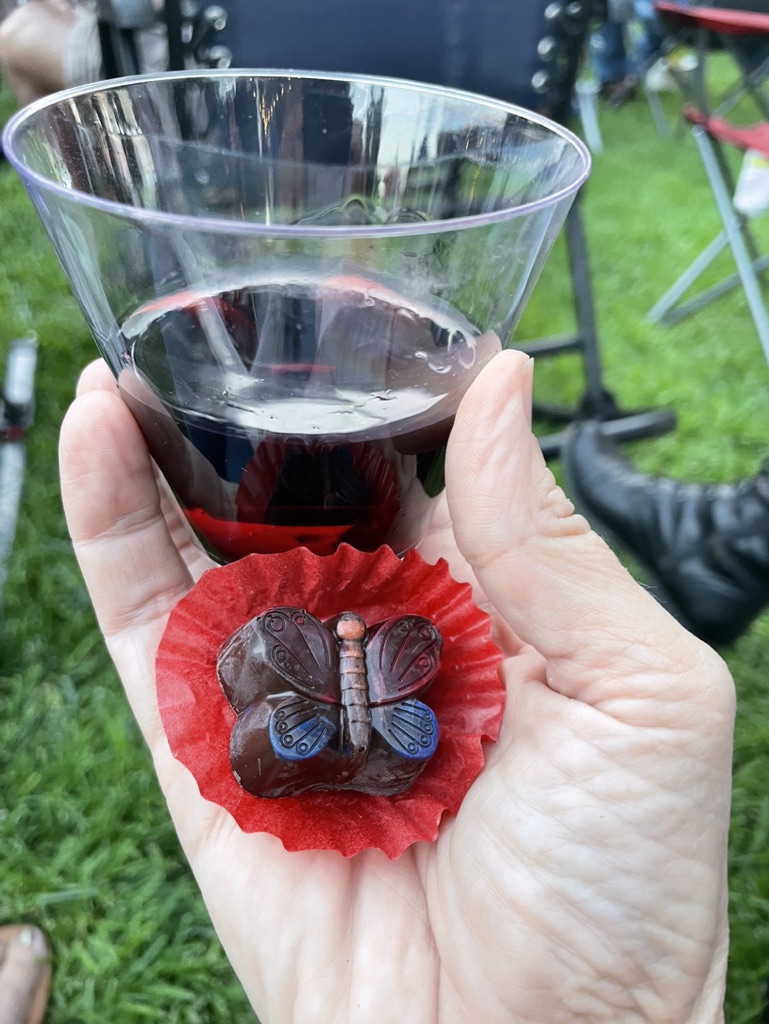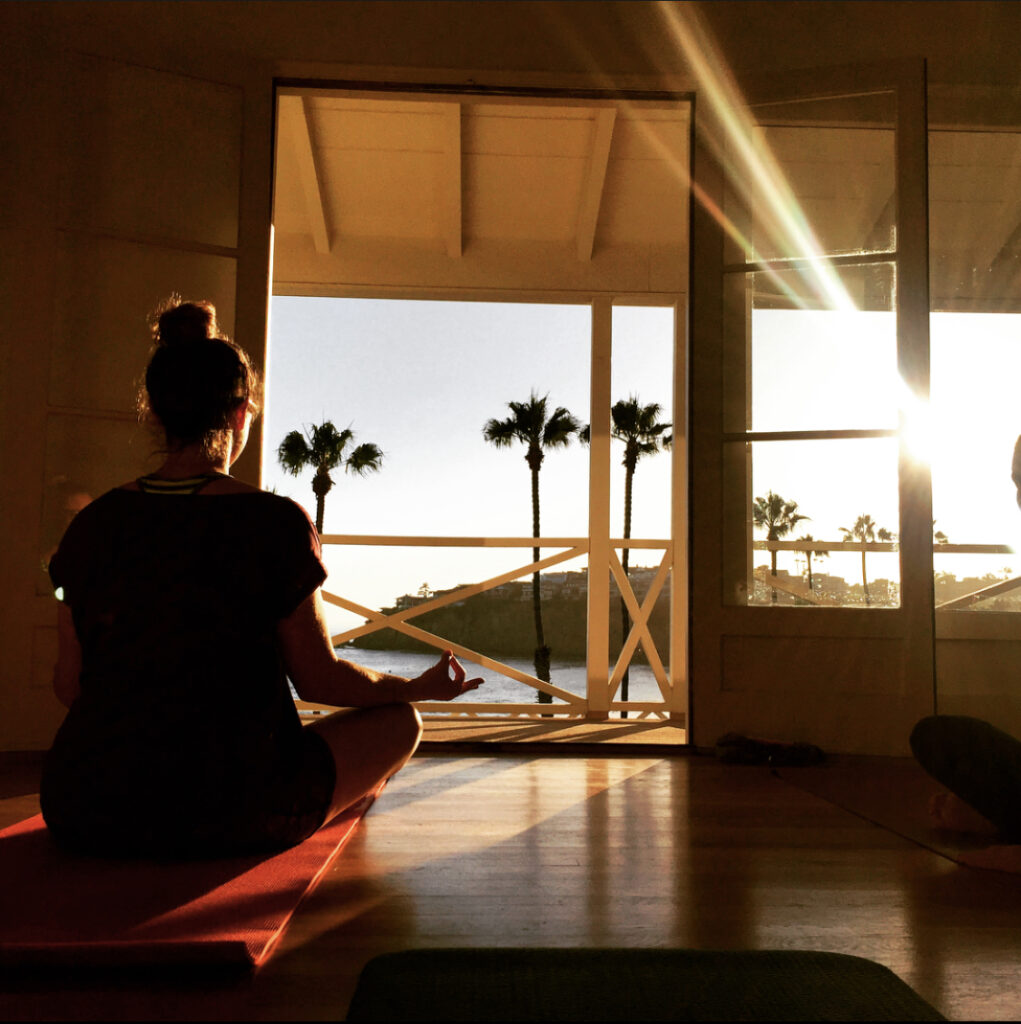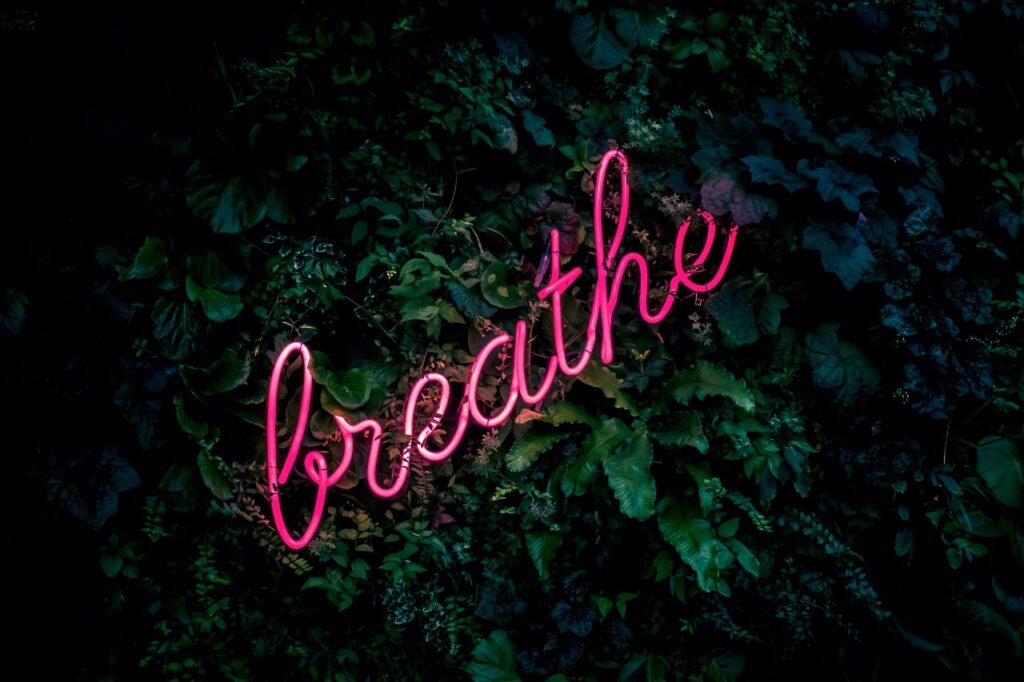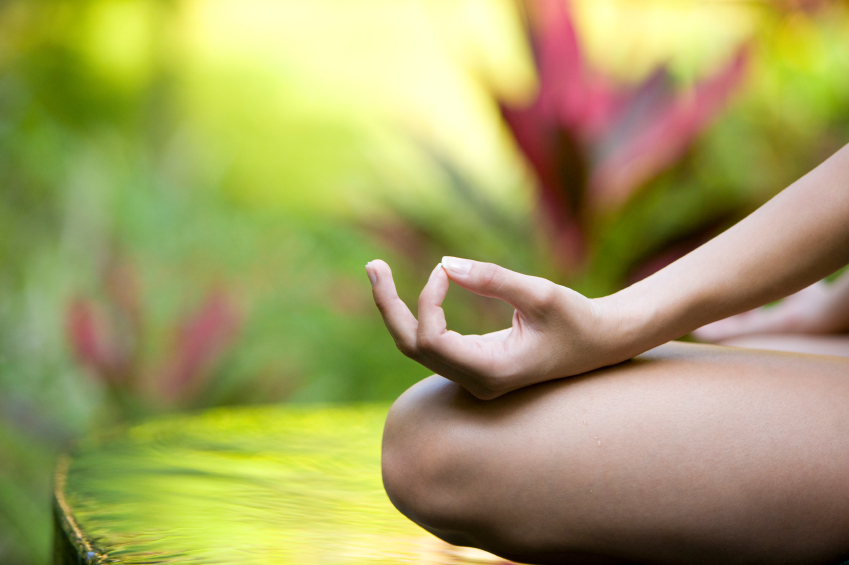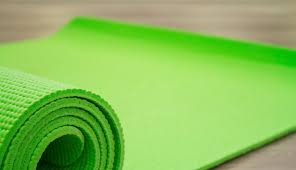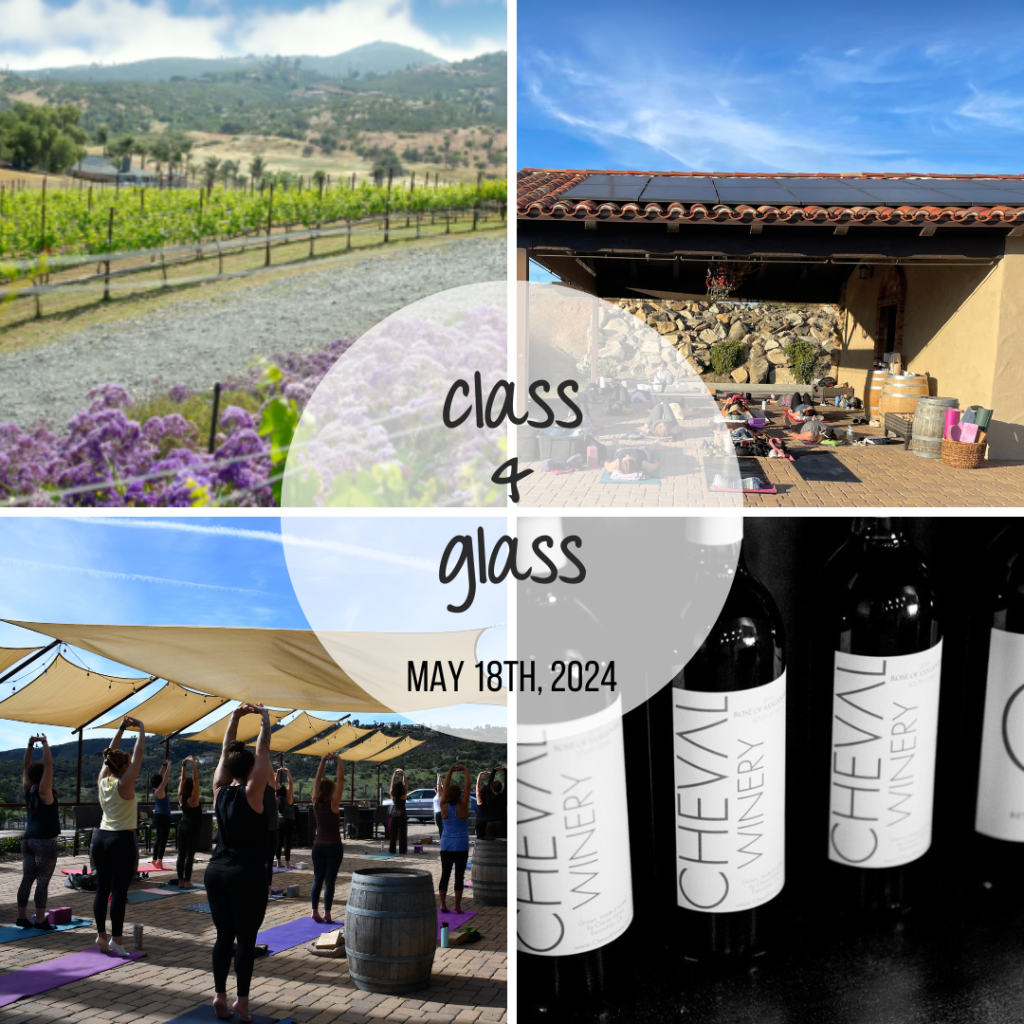Fitness: the final frontier?
Starting a career in fitness was a scary step but one of the best moves I ever made. It doesn’t seem like it should be all that scary, but if you read the first part of my story, it makes sense. After all, fitness was probably a given in the post-Armageddon world I was raised to believe was right around the corner. Teaching people fitness would possibly be deemed as a waste of time.
In addition, I had two young kids at home and a (now ex) husband who was uncomfortable with me creating something that I loved, something that had the potential for me to no longer need him. However, I have yet to meet another person as determined (read: stubborn) as me. Getting into the fitness industry became my light at the end of the tunnel and I was going for it!
Narcissists don’t like it when you have anything outside of the world they want you to live in.
Nor do extremely controlling religions.
My ex would pick epic arguments with me about my neglect of the family each time I would leave for the twice-weekly 3-hour classes I was taking to learn to teach fitness.
My classes fell on the same night as 2 of the 3 weekly religious gatherings that we typically attended. There was a considerable amount of talk about how I was falling away and becoming unduly influenced by worldly ways and greed.
I ignored it.
Fitness allowed me to help people make the deeper change I was longing for as a hairdresser.
Once I got through the mayhem of 3 months of training to be an instructor, things started to get good. Great, actually. While it was nerve-wracking initially to step into the role of group fitness instructor, I quickly got over it and really loved to see the changes in my students!
I saw people lose weight, grow stronger, have fun doing even while doing something hard, and gain self-confidence. This was the satisfaction I was looking for! My students were actually living better, more fulfilling lives now that they could participate in activities that previously felt too hard. Even playing with their kids or grandkids was a struggle for some. They felt better in their own skin – ready to try new things and grow as people.
This is the secret that fitness instructors don’t talk about.
While they are empowering their students, they are being empowered as well.
The same thing happened to me! All the things I was seeing in my students, I began to experience myself.
I tend to be somewhat driven in the things I am passionate about and fitness was no exception. My devotion to fitness began to open doors for me. Management opportunities began to come my way. My kids were older now – why not explore these possible game-changing chances at a better life?
Then – the brick walls.
My ex. My religion.
This was too much independence for comfort apparently. My ex stepped up his paranoia, following me to and from the gym, checking up on me constantly, making wild accusations, and looping in the Elders – and our 13-year-old daughter – to all the things he thought or at least implied – that I was doing.
None of it was true. The more elaborate his schemes became and supportive of his lies the religion was, I knew it was time to leave both.
It was a much harder choice than the usual “it’s time to go” decision. It meant my family, who do not believe in divorce, would no longer speak to me. The community that I not only grew up in but also kept me separate from others, would no longer be there for me. And worst of all, my daughter had bought into it all.
Leaving meant leaving all of it behind.
Fitness helped me do it all.
I found a full-time job through people I knew from the gym, built up enough savings to file for divorce, and moved forward.
It was a dangerous time. My ex was threatening my life. My former friends now spied on me regularly and reported every move I made back to the Elders and my ex.
Eventually, divorce decree in hand, I moved. 800 miles away. No job, $900 bucks in the bank, 12-year-old son in tow.
The first thing I did? Get some classes to teach! I found a temporary job, and got settled into life in California.
I quickly moved into a management role with the company I was teaching group fitness classes for and just like that, at the age of 40, my full-time fitness career began!
Enter yoga.
It was the beginning of the 2000s and yoga was just starting to make its way into the gym on a regular basis. It was my first real exposure to the practice I now make my full time career.
And I hated it! Tune in to part 3 to find out why – and how it eventually changed my life.
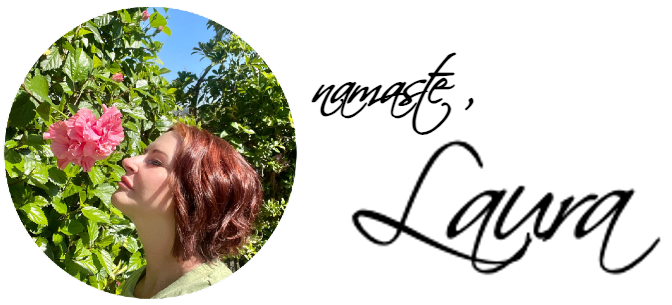
P.S. Let’s be besties!! Follow us on Instagram, Facebook, and Pinterest, and join the LAYLO Shala to get the latest news and insider goodies 😍





